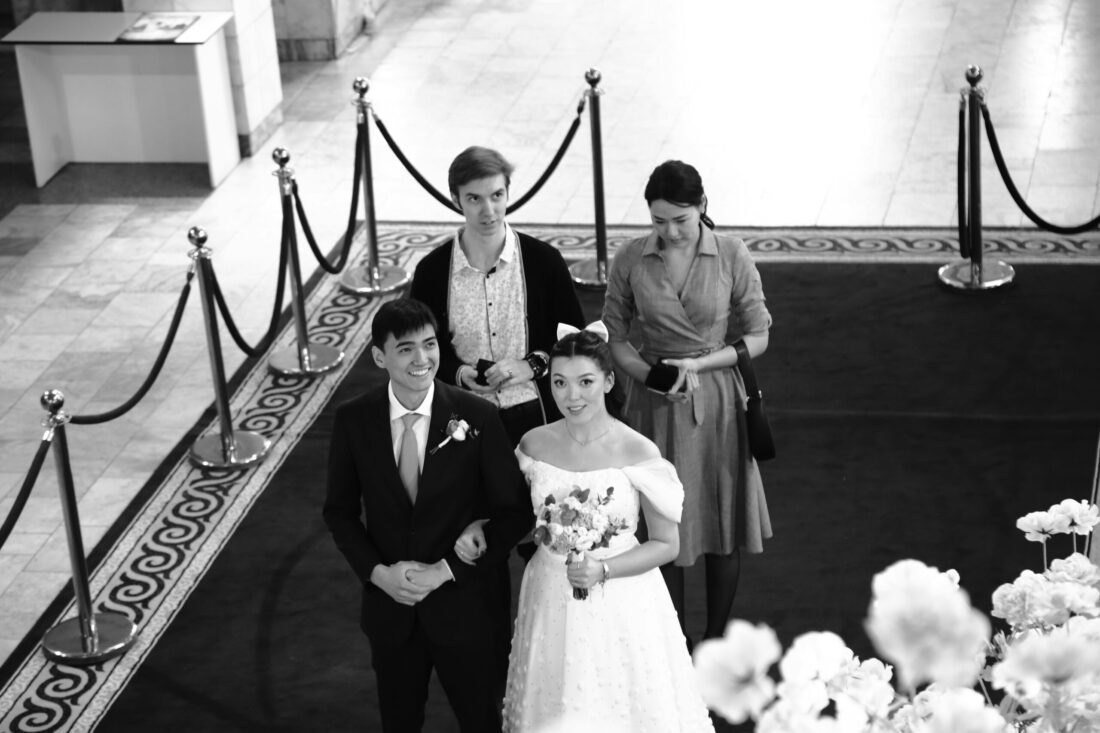
One of the most common ways to immigrate to the United States is through marriage to a US citizen. While immigrating to the United States based on a marriage is one of the most straightforward ways to immigrate, the procedure is still complicated and confusing in many ways.
There are essentially three ways to go about immigrating to the United States based on marriage and obtaining permanent resident status (green card), for a person who is presently outside the United States. Those ways are as follows:
- 1st way: The US citizen gets married to the prospective immigrant in the immigrant’s own country (or in a third country). Following the marriage, the US citizen files an immigrant petition inviting the prospective immigrant to immigrate to the United States. The immigrant petition is normally filed with a USCIS office in the United States. In about 15-17 months, the immigrant petition is approved and a few weeks later, the petition is forwarded to the National Visa Center in New Hampshire, known as NVC. NVC gets in touch with the prospective immigrant, more documents are collected and a few months later an interview is scheduled with the US embassy/consulate where the prospective immigrant is from. Upon a successful interview, an immigrant visa is issued on the prospective immigrant’s passport that permits the new immigrant to move and establish themself in the United States, with the right to work in the US from day one with permanent resident status (green card).
- 2nd way: The prospective immigrant travels to the US on a tourist visa or using the visa waiver program for the purpose of getting married to his/her US partner. After the marriage, the US citizen spouse files an immigrant petition with USCIS, just like in the first way. The prospective immigrant departs the US before the period of stay permitted under the tourist visa/visa waiver expires and waits for a few months in his/her country until the appointment with the US embassy, just like in the first way. Essentially, what is described here is the same with what we described in the first way, the only difference being that the marriage ceremony takes place in the United States.
- 3rd way: The final way to immigrate based on a marriage to a US citizen is by making use of a fiancé visa, known as a K-1 visa. For a fiancé visa, the US spouse submits a petition inviting the foreign fiancé to come to the US for the purpose of getting married and staying there. Once the petition is approved, it is forwarded to the US embassy/consulate where the prospective immigrant is from and 8-12 months later the foreign spouse arrives in the United States with the K-1 visa in hand. After entering the US, the foreign spouse must marry the US citizen who filed the K-1 visa petition within 90 days after arrival. Contrary to the second way, after the marriage, the foreign spouse can remain in the US and apply for adjustment of status to become a lawful permanent resident (green card holder), a process that takes 11-15 months, without the need to leave the United States. The advantage of a fiancé visa is that the newlywed couple can live together after the wedding from the very first day. On the other hand, the immigration process with the K-1 visa is lengthier and more expensive, since documents need to be filed both before and after the marriage, and getting a fiancé visa takes several months to begin with.
From the above, it is clear that immigrating to the US based on a marriage to a US citizen is not always a quick process and in many cases the married couple may have to live separately for extended periods of time. In addition, there are a number of potential obstacles that will need to be overcome in order for the foreign spouse to be able to successfully immigrate, such as a prior criminal record, inability of the US spouse to show sufficient income as required for the affidavit of support, lack of evidence showing that the marriage happened in good faith e.t.c.





